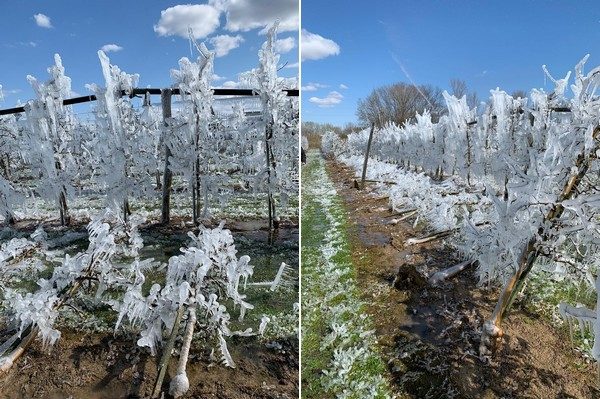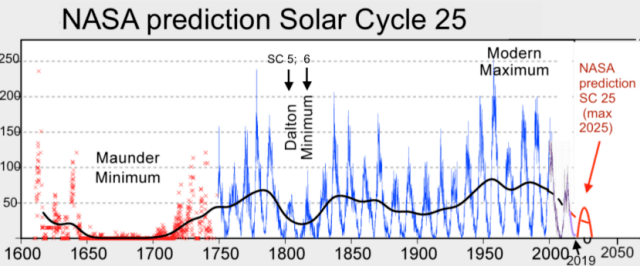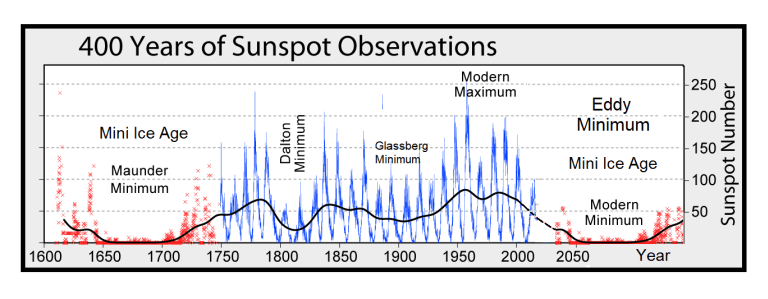OF THE
TIMES
History will have to record that the greatest tragedy of this period of social transition was not the strident clamor of the bad people, but the appalling silence of the good people.
Well this is a new one for me, now our young people, that have shown more backbone, conviction and more moral compass than leaders of the western...
ICC exposes threats from USA and Israel [Link] #astrology
Good job he doesn't work for Boeing. With respect to those passed.
it always the same, if the focus is in anyway blurred, the return can retaliate with mudslinging
Any issue that gets hijacked and turned into an idelology is usually distorted beyond recognition. The Earth has had changing climate where it has...
To submit an article for publication, see our Submission Guidelines
Reader comments do not necessarily reflect the views of the volunteers, editors, and directors of SOTT.net or the Quantum Future Group.
Some icons on this site were created by: Afterglow, Aha-Soft, AntialiasFactory, artdesigner.lv, Artura, DailyOverview, Everaldo, GraphicsFuel, IconFactory, Iconka, IconShock, Icons-Land, i-love-icons, KDE-look.org, Klukeart, mugenb16, Map Icons Collection, PetshopBoxStudio, VisualPharm, wbeiruti, WebIconset
Powered by PikaJS 🐁 and In·Site
Original content © 2002-2024 by Sott.net/Signs of the Times. See: FAIR USE NOTICE



Greta, you do deserve the Nobel Piss Prize 2020 !